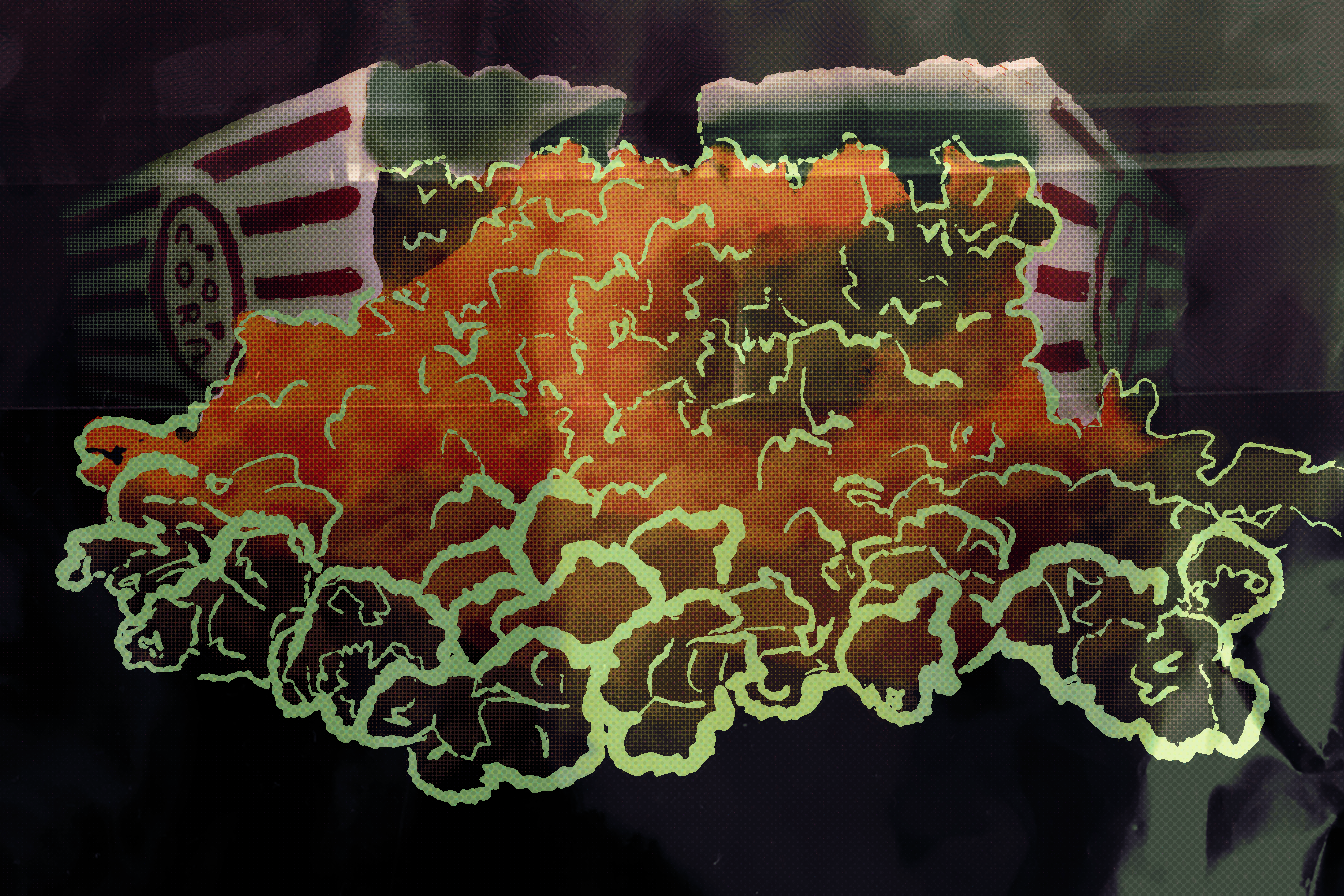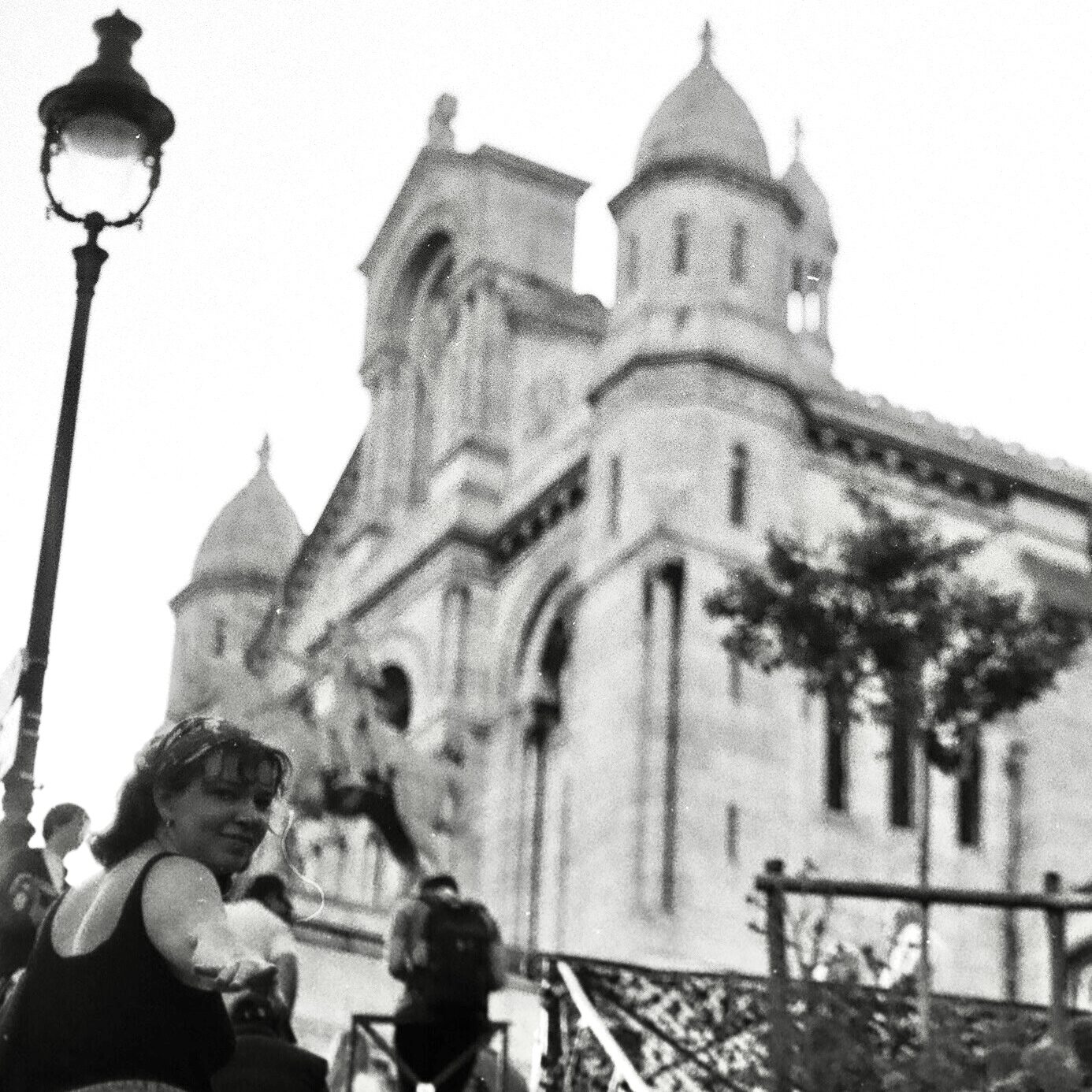From the second you walk into a movie theater, the smell puts you in the mood to watch a blockbuster. Everything from the crunch to the shareability makes it the perfect bite to eat while you watch your movie.
While popcorn has been found in Mexico dating back to 3600 BCE, popcorn has been associated with movie theaters since the early 20th century. After Charles Cretor invented the electric popcorn machine in 1885, popcorn was easy to produce in large quantities and is relatively inexpensive, making it a profitable concession item for street vendors and circus merchants. Powered by steam and a mobile cart, popcorners didn’t need a kitchen or a team to have a successful popcorn stand. Soon, everyone could be found with popcorn in hand and a smile on their face.
However, for a brief period of time, popcorn was banned from the theaters. Until the 1920s, movies were silent and required a literate audience. Even though popcorn was selling fast on the streets, theaters asked patrons to turn in their snacks at the coat check. The theater was meant to be a place of high class, complete with the red carpet and ushers. Theater owners believed bringing in a loud, crunchy snack that was also served at the circus and sideshows would diminish the appeal.
When talking movies or “talkies” were brought to the theaters, so was the popcorn. With the subtitles gone and sound included, a much wider audience came to see the pictures.
The practice of serving popcorn at movie theaters dates back to the Great Depression. At that time, theater owners were looking for additional sources of revenue in addition to the price of a movie ticket, and popcorn was an inexpensive snack that could be sold at a high profit margin. It was still one of the few snacks that could be sold at a low cost, making it affordable for both the theaters and the patrons.
Thus, popcorn became synonymous with the movie theater. WWII came and sugar prices skyrocketed, candy rationed. To counteract their sweet tooth, Americans doubled their popcorn indulging and went to see footage of the action overseas on the big screen. In 1945, over half of the popcorn eaten in the U.S. was consumed in the movie theaters.
The first food deliberately cooked in a microwave was popcorn in 1945. Since then, they have been inseparable, getting its own button on every modern-day appliance. With the invention of the microwave popcorn bag, the sales shifted. The microwave bagged popcorn quickly became popular in the homes of the average American family. The radiation waves from the oven heats the water in the bag, creating steam to pop the kernels.
The ability to add flavors to each bag only added to the appeal of making popcorn at home, “kettle corn,” “lightly salted” and “butter lovers” to name a few. Popcorn, as a low-calorie whole grain, makes a good movie snack for even the most health conscious of movie goers. Today, Americans eat about a million pounds worth of (unpopped) popcorn a year.
Eating popcorn all on its own is a good time with or without a movie playing. The crunchy texture of popcorn provides a satisfying sensory experience, and the sound of people munching on popcorn can blend into the background noise of a movie theater without being overly disruptive. With no loud wrapper to be unwrapped unlike its candy counterparts, it can be a natural sound to be drowned out by state-of-the-art audio systems.
Because it is a cheap snack to mass produce, theaters give their customers large portions. These days, movie theaters often make a significant portion of their revenue from concession sales rather than ticket sales. Popcorn, with its low production cost and high markup, is a profitable item for theaters even with jumbo buckets. Sharing a large bag of popcorn is a social activity. It’s a snack that can be easily passed around and enjoyed with friends or family, bridging the gap that can form while you’re watching a movie with other people in a theater.
It’s easy to understand why popcorn has remained the people’s favorite over the years. The aroma of freshly popped popcorn is enticing and adds to the overall sensory experience of going to the movies. Once you enter the theater lobby, the smell wafting through the room creates a distinctive atmosphere; it’s a warm and comforting feeling. You are in the hands of the filmmakers for the next few hours, and you might as well enjoy some popcorn while you’re there.

















